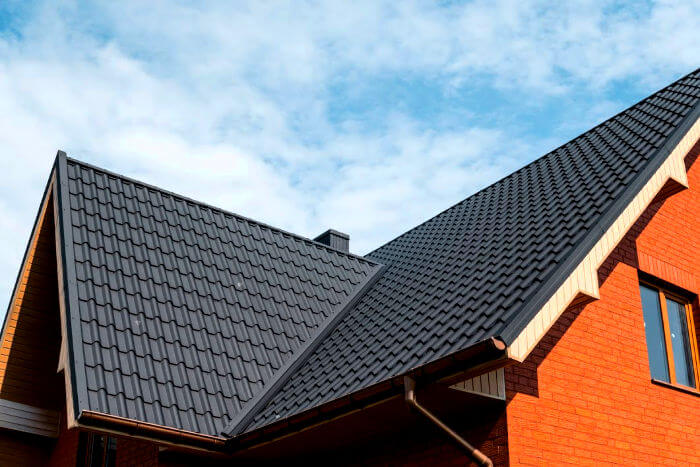Water Will Locate a Way In
Water marks on a ceiling, or worse, dripping water, may have you fretted that your entire roofing remains in tatters. Yet just because there's a leak doesn't suggest your roof covering will call for a huge quantity of fixings. Occasionally stopping it is as basic as filling a crack with caulk, changing a few tiles, or mounting some blinking-- a membrane or layer of metal that provides a mechanical obstacle to redirect water at corners, gaps, voids, and other spots vulnerable to dripping.
Dropped tree arm or legs, hail storm, and also even wind can loosen up or remove roof shingles. Harmed blinking is one more common wrongdoer. Also rubberized boots around plumbing pipes, or with poorly set up satellite dishes or photovoltaic panels can create separated leaks. To determine what kind of leak you have actually jumped on your hands, initially Montclair Roofing Prices attempt to map it to its beginning.
Trying to find Leakages
It's easiest to locate a leak when it's raining outside. Remember that water often accumulates at a place that's different where it's entering-- it usually diminishes the length of a rafter or stud and also only drips once it gets to a nadir.
In an incomplete attic, the framework shows up, so merely start at the leakage as well as look along the length of any type of timber mounting that leads to that factor, to see if you find a path of water that stems higher on your roofing system. In a finished attic, you'll require to make use of a handheld device called a stab saw to cut away any drywall that blocks your view. As soon as you assume you've found the beginning, take a look at top of the roofing system (you can do this safely from the ground with a pair of field glasses) to see if you can determine any kind of evident wrongdoers, like missing out on shingles, or worn out blinking near a smokeshaft.
If you can't find the leakage on your own, a certified roofing contractor can carry out an assessment and also make referrals about whether repair or replacement is required. Also if you have the ability to situate your very own leakage, you'll wish to leave the repair task to a pro-- climbing onto your roofing system with a high expansion ladder is a hazardous job. Many leakages can be quit if they're limited to a couple of areas. If, nevertheless, you're experiencing reoccuring leaks, and your roofing is out of warranty, it might be time for a new roofing. The cash you would spend on multiple temporary fixes is possibly better put on a brand-new roofing with a prolonged warranty.
Various Other Warning Signs
You do not have to wait for http://www.thefreedictionary.com/Montclair Roofing leaks to show up before you take into consideration repair work to your roof covering, though. Missing, harmed, or crinkling roof shingles can all be indications of leaks to find. And the age of your roofing itself can be a guide-- homeowner's insurance companies Montclair Roof Repair contractors typically think an asphalt shingle roof will certainly last regarding two Click for more decades, and also some insurance firms will not supply coverage if your roofing is older than that. If your roofing was put on by the previous proprietor of your house, a roofer or a qualified home examiner can generally offer a harsh estimate of the age, based upon the problem of the shingles.
Also without leaks or evident indications of damage to the roof, it can make good sense to change an out-of-warranty roofing system that's more than two decades old. That's because when a leak establishes, it can do serious damage to the timber sheathing under the roof shingles. And also if that sheathing comes to be warped or deteriorated, replacing it can add a number of thousand bucks to the total expense of your new roofing system when you do get around to changing it. The picture listed below programs the different layers associated with a common roof covering.
Insurance Insurance coverage

Prior to you employ any person to work with your roofing, call your house owner's insurance provider to examine your insurance deductible and also protection for roof covering repair work or substitute. You'll want to weigh your out-of-pocket expenses versus the cost of changing your roofing entirely. Take into consideration any type of resulting rise in your costs too-- it might make even more feeling to just cover the expense on your own.
Generally, homeowner's insurance coverage might cover, or contribute towards, the repair work of isolated leakages, however will not cover the expense of substitute. Most insurers will send an insurance adjuster to supply a price quote for the repair, and plans commonly cover repairs to the roofing system, in addition to any kind of damages to the framework, drywall, or flooring that results from a dripping roof. If you do receive a payment from your insurer, you can utilize that money to make the specific fixings, or use it towards the expense of a total replacement.